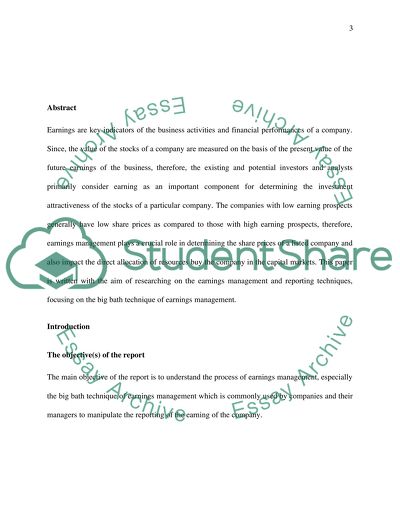Cite this document
(“Earnnings management Essay Example | Topics and Well Written Essays - 2000 words”, n.d.)
Earnnings management Essay Example | Topics and Well Written Essays - 2000 words. Retrieved from https://studentshare.org/finance-accounting/1696679-earnnings-management
Earnnings management Essay Example | Topics and Well Written Essays - 2000 words. Retrieved from https://studentshare.org/finance-accounting/1696679-earnnings-management
(Earnnings Management Essay Example | Topics and Well Written Essays - 2000 Words)
Earnnings Management Essay Example | Topics and Well Written Essays - 2000 Words. https://studentshare.org/finance-accounting/1696679-earnnings-management.
Earnnings Management Essay Example | Topics and Well Written Essays - 2000 Words. https://studentshare.org/finance-accounting/1696679-earnnings-management.
“Earnnings Management Essay Example | Topics and Well Written Essays - 2000 Words”, n.d. https://studentshare.org/finance-accounting/1696679-earnnings-management.


